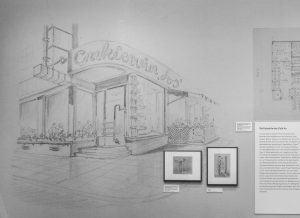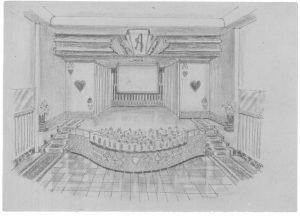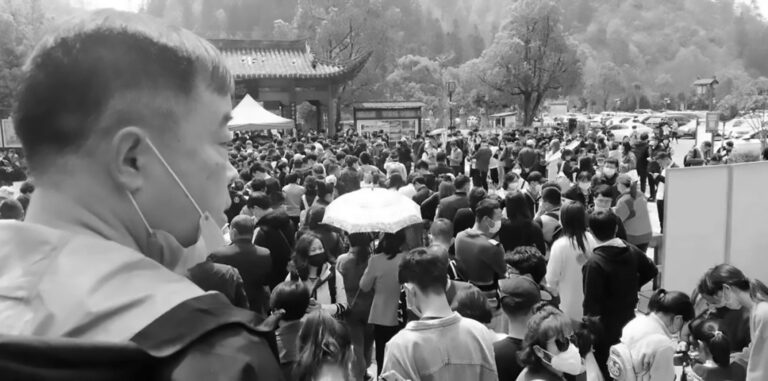These are the highly-detailed designs for a cafe Nazi hunter Simon Wiesenthal penned on scraps of paper inside Hitler’s Nazi death camps.
Wiesenthal was an Austrian Jewish Holocaust survivor born in 1908 who, after he was freed, dedicated his life to tracking down fugitive Nazi war criminals so they could be brought to justice.

But he always told his friends and colleagues that if the Holocaust had not happened, he would have been an architect, a career he began after studying in Prague and Lemberg and getting a job with a local building firm.
His long-time friend and colleague from the documentation centre that he created in Austria, Michaela Vocelka, said: “When I came for my job interview, one of the things he said to me was ‘You know what, I am really an architect’.”
And he appears to have put his architecture skills to good use during the Holocaust. He survived a death march to Mauthausen where he arrived weakened and with little chance of survival. He was placed in a room filled with other sick people that smelled so bad that the SS were scared to go inside.
As a result, he was able to build up his strength with the help of Edmund Staniszewski. The two became friends and Staniszewski told him that it had always been a dream to make the house where he lived into a cafe, in Poznan, in Poland.
So Wiesenthal set about using scraps of paper designing how it would look, including not just the appearance and floor plans but every last detail right down to the furniture.

It included how the ice cream stand should look, the type of uniforms that the waiters should wear, and the costumes for the waitresses – he even designed the advertising hoardings, invitation cards for the official opening and even a cake that would take centre stage at the official opening.
In total, there are 80 detailed plans that were long believed to have been lost for the Cafe As (Cafe Ace).
it was this attention to detail that would later serve him when undertaking his detective work to track down Nazi war criminals such as Adolf Eichmann.
In the weeks after the the two men were freed after surviving the concentration camp, Wiesenthal worked on completing the plans which he gifted to his friend.
But the plans never came to fruition because the Russians confiscated the house.
Daniela Spera who is the Director of the Jewish Museum in Vienna said: “The plans were placed in a drawer and simply forgotten about. He basically created the entire corporate identity of the cafe.”

Staniszewski, who was from Poland and who had been placed in a concentration camp as a political prisoner, died in 1984, and the drawings were believed to be lost, but his son-in-law discovered them during a clear out some two years ago, and offered them to the Jewish Museum which, with the help of the “US friends of the Jewish Museum Vienna” were able to strike a deal to retain them.
Daniela said: “I’m really delighted that we manage to obtain these drawings the city of Vienna.”
They have now been put into a special display about the project entitled Cafe As that can be visited until January next year.
To find out more about the author, editor or agency that supplied this story – please click below.
Story By: Michael Leidig, Sub-Editor: Joseph Golder, Agency: Central European News




